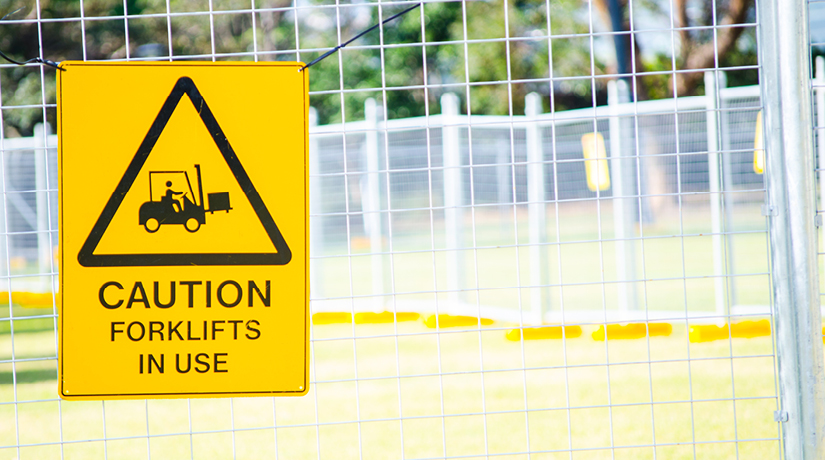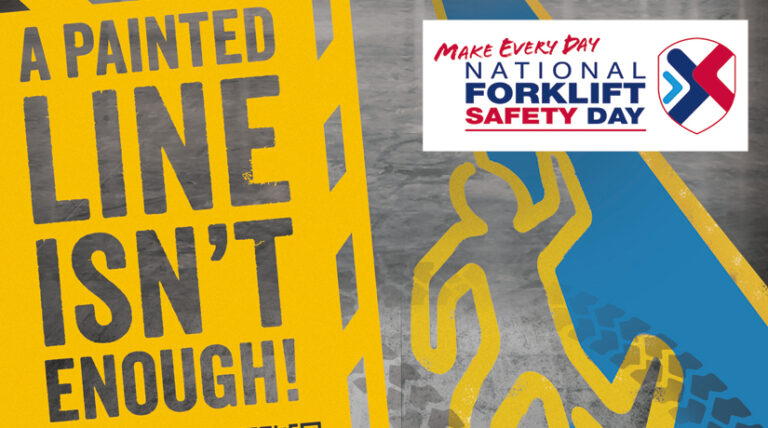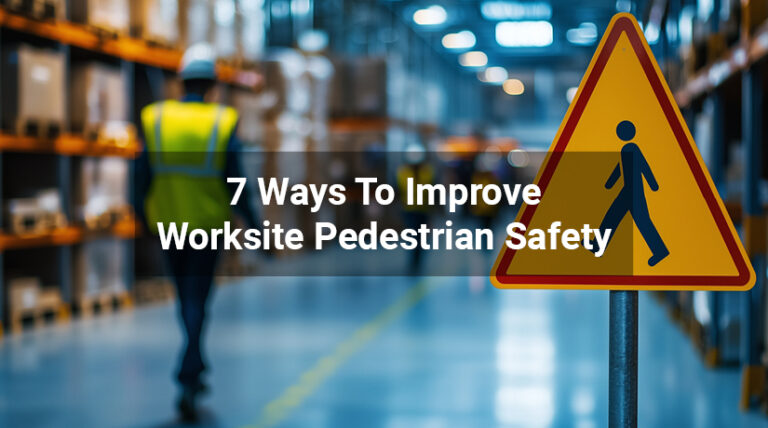Taking a proactive approach to industrial safety and pedestrian and vehicle segregation is vital, take the waste and recycling sector as an example, which is reporting one of the highest workplace injury and work-related ill-health rates of all UK industries. Every year workers sustain life-changing injuries often leading to long-term ill health and work absence.
The latest Health and Safety Executive (HSE) data reports a reduction in fatal workplace accidents in the sector – three in 2020/2021, down from an average of eight across the previous five years[1]. Most accidents are avoidable, so measures must be taken now to continue this downward trend. Falls from height, contact with machinery and being struck by a moving vehicle or object remain the greatest threats of workplace fatal accidents in the UK with pedestrians working in and around moving vehicles most vulnerable.
The HSE reiterated its guidance for ‘rigorous pedestrian and vehicle segregation.’
Industrial vehicles and manual handling equipment (MHE) are commonly used in the waste sector, but a recent HSE safety notice raised concerns about their safe operation. The notice highlighted the dangers associated with wheeled shovel loaders following nine fatal shovel loader accidents over four years, six of which were within waste and recycling[2]. The investigation identified poor visibility as a key contributing factor and the HSE once again reiterated its guidance for ‘rigorous segregation between pedestrians and vehicles.’
Total Pedestrian and Vehicle Segregation
It is well known that total segregation is one of the best ways to reduce workplace accidents, but this isn’t always possible where space is limited or layout restrictive. Where segregation is difficult to achieve, it is important to put other anti-collision measures in place to keep vehicles and people apart. Highly visual signage with consistent messaging is vital in high-risk areas and the use of bollards, barriers, alarms, gateways and crossings all help to create separation but don’t fully eliminate the risk of collision. Safety technology makes it possible to bridge this gap. By incorporating technology that alerts people and vehicle operators to potential dangers well in advance of a collision, it is possible to establish segregation even in the most complex workspace.
On average 4,000 workers sustain non-fatal injuries at work each year in the UK waste and recycling sector. Incorrect use of vehicles and machinery and insufficient safety procedures are common contributing factors. All incidents must be used as a learning opportunity to identify risks and enhance safety procedures to prevent future accidents. Waiting for accidents to happen before taking action is not an option – investment in preventative safety is crucial.
ZoneSafe – Proximity Warning Safety Solutions
With our ZoneSafe systems, you can create an invisible detection zone around hazards that provides users with a visual, audible, and physical alert when the detection zone is breached.
This raises awareness and helps to prevent safety incidents. Our data management technology is not only highly effective in preventing accidents in real time but also provides crucial event data that can be used to identify high-risk activities and behaviours. By understanding how and why incidents occur, it becomes possible to take a more proactive approach to safety. Data analysis from every safety breach is vital in highlighting key risk factors and helps to support more focused safety processes and training in the future.
If you would like to discuss your safety concerns and learn how ZoneSafe can help, get in touch:





